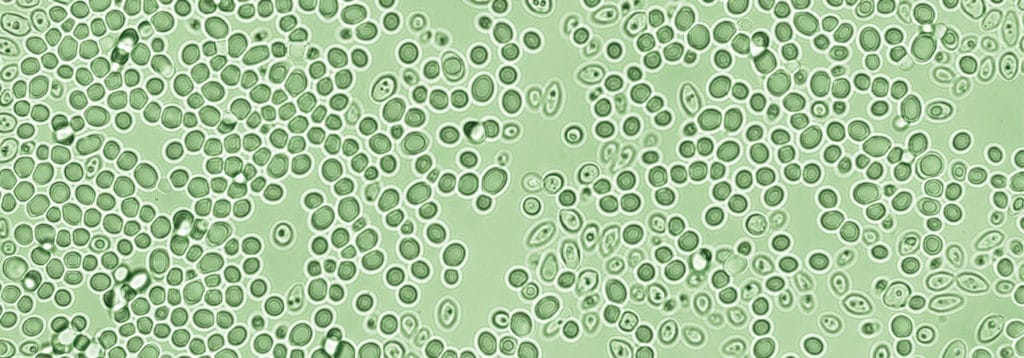Tag: RNA
From lipids to life: Cracking the puzzle about the origin of life

The quest to understand life’s origin has long intrigued scientists seeking to unravel the mysteries of existence. Traditional approaches to this question have their own limitations. Professor Doron Lancet and his team from the Weizmann Institute of Science, Israel, offer a fresh perspective and a more feasible pathway for understanding how life emerged on Earth. Their work introduces a paradigm […]
Read More… from From lipids to life: Cracking the puzzle about the origin of life
Evolutionary theory: Debating the origins of our DNA

For over a decade, Mr Shaojie Deng of Chongqing Municipal Bureau of Planning and Natural Resources, China, has been formulating and more recently presenting his new evolutionary theory to the academic world. Over time his thought processes too have evolved with his most recent manuscript centring around the stable complex model as an explanation for the evolution of enzymes and […]
Read More… from Evolutionary theory: Debating the origins of our DNA
X-ray ptychography: Seeing chromosome abnormalities in a new light

Chromosome abnormalities have profound health consequences including trisomy and cancer. Karyotyping (the visualisation of the complete set of chromosomes by shape and size) is an initial step towards identification of chromosome aberrations and disease. Other chromosome imaging methods such as fluorescent in situ hybridisation (FISH) rely on sample preparation or fluorescent markers, which may or may not alter the sample. […]
Read More… from X-ray ptychography: Seeing chromosome abnormalities in a new light
Synthesising circular RNA is as easy as PIE

Naturally occurring circular loops of RNA, circRNAs, are the result of rare but significant backsplicing events. They are found throughout the eukaryotic domain and have been associated with pathological states such as tumour growth and suppression. Existing molecular techniques have taught us a great deal about circRNAs, but they are often difficult to implement and limited in scope. Dr Jason […]
Getting retting better by bacterial blending

Jute is the second most important fibre crop after cotton. Harvesting of jute is followed by retting, where the fibres are separated from stems. This is performed in open waters where natural microorganisms decompose the plant material. The fibre quality depends on retting efficiency. Given the water scarcity in Bangladesh and the resulting delays in harvest, the quality of fibres […]
Read More… from Getting retting better by bacterial blending
Pure and sound: Isolating the finest RNA from jute

Jute is an important crop grown for human usage of its fibres in everyday materials. There has been an increasing interest to study the behaviour of this crop in the field, to maximise its yield. Detailed studies of this plant at the molecular level involves several techniques that require isolation of cellular material such as nucleic acids (DNA and RNA) […]
Read More… from Pure and sound: Isolating the finest RNA from jute
From beer to brains: how yeast molecular genetics prove the importance of introns

Scientific discoveries often come from the most unlikely of places, and Dr Tracy Johnson’s work is no exception. Using a yeast system typically used to make beer or bread, Dr Johnson and her team at UCLA have uncovered important genetic findings that could highlight the importance of intron retention during gene expression. Her research looks at the science of gene […]
Read More… from From beer to brains: how yeast molecular genetics prove the importance of introns